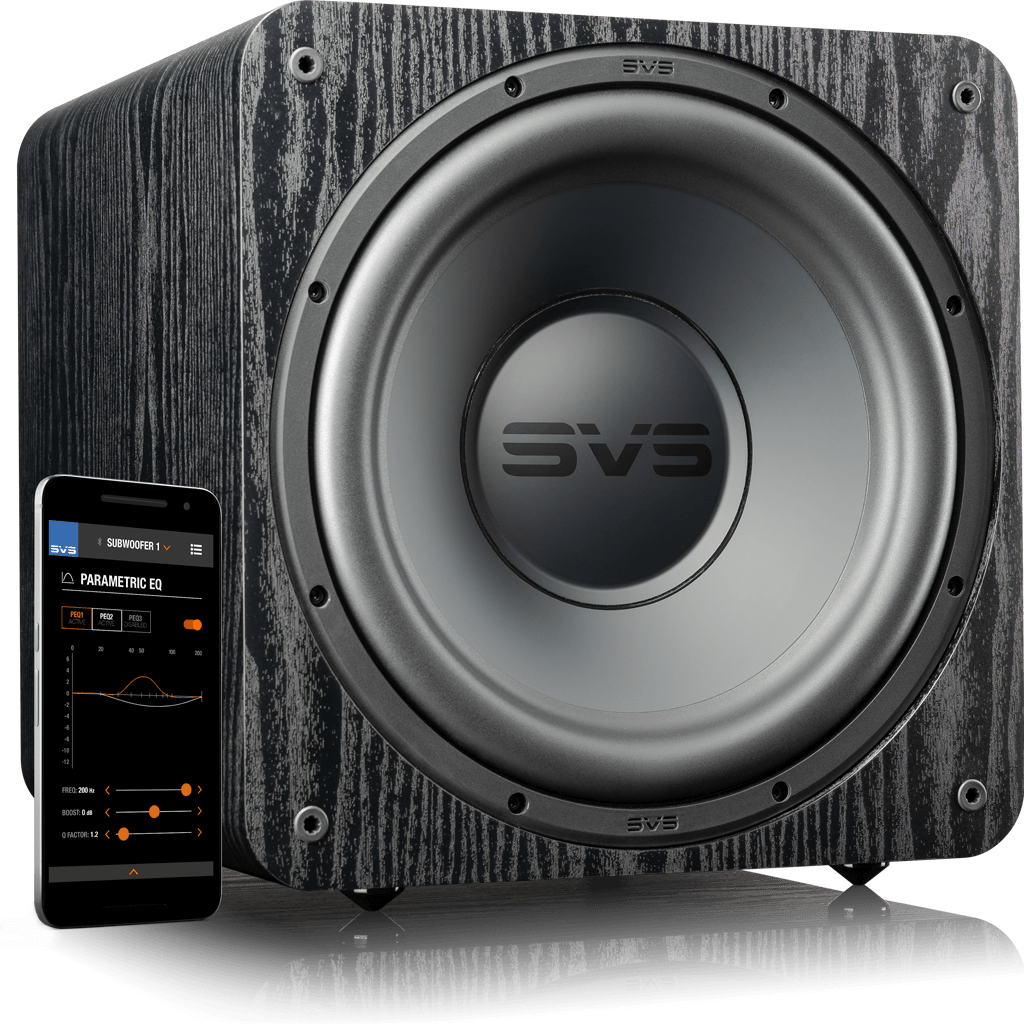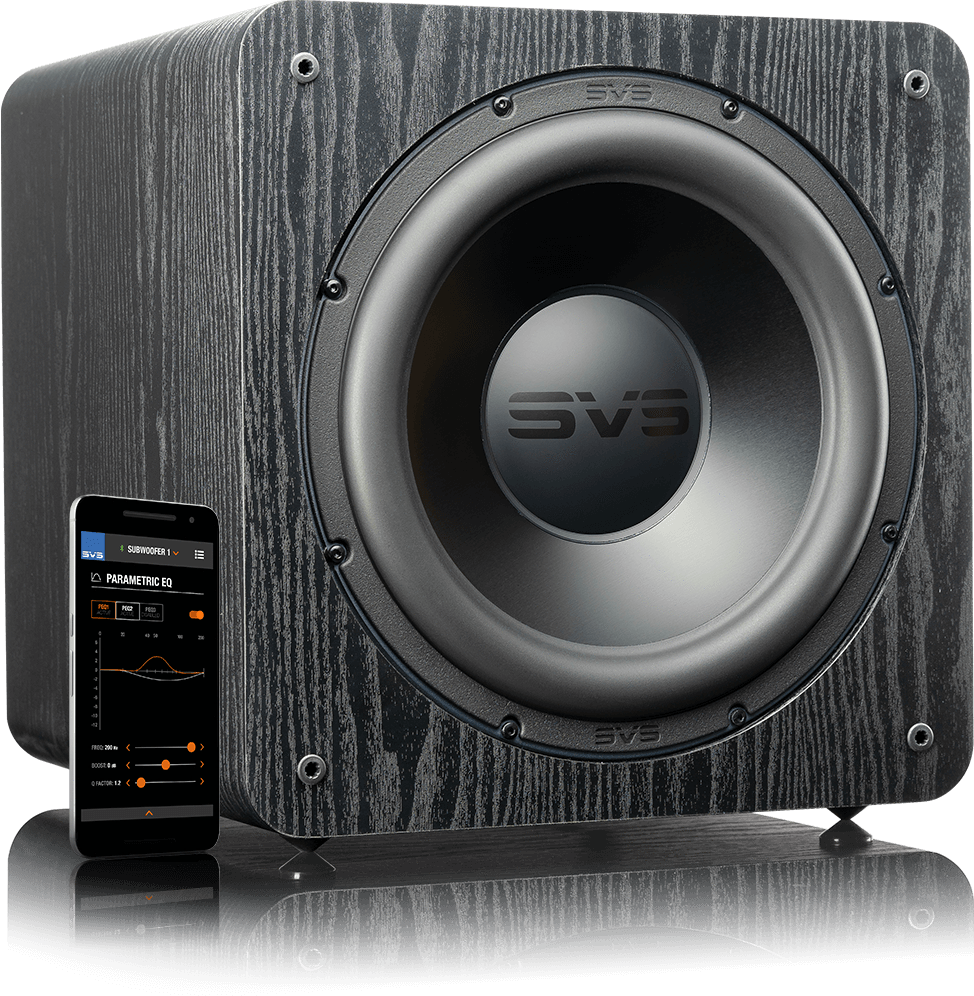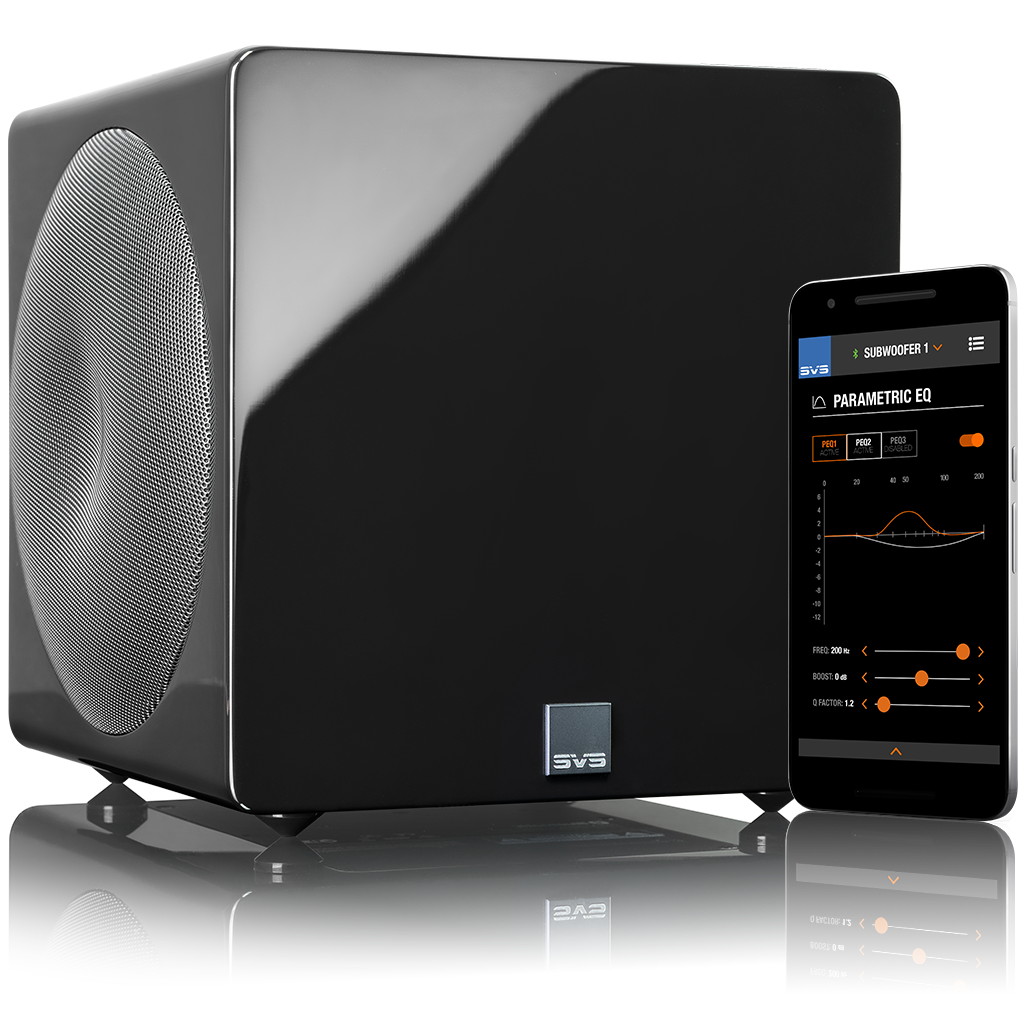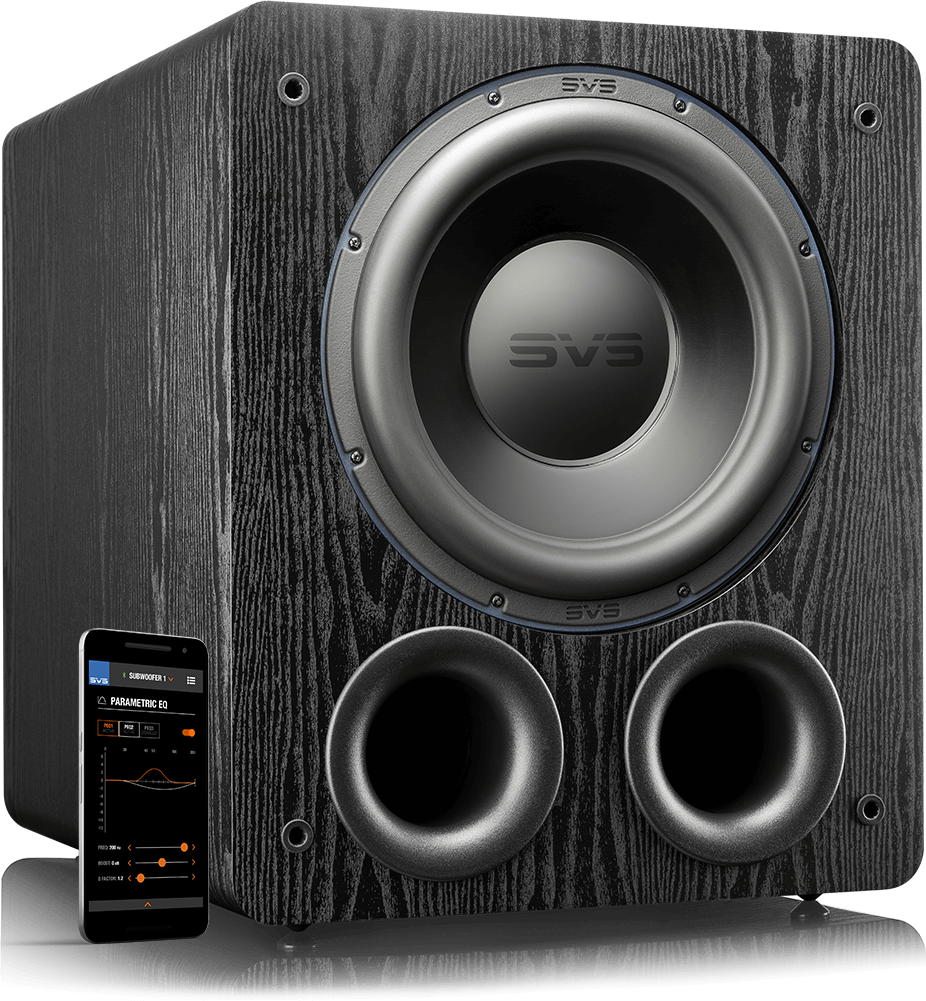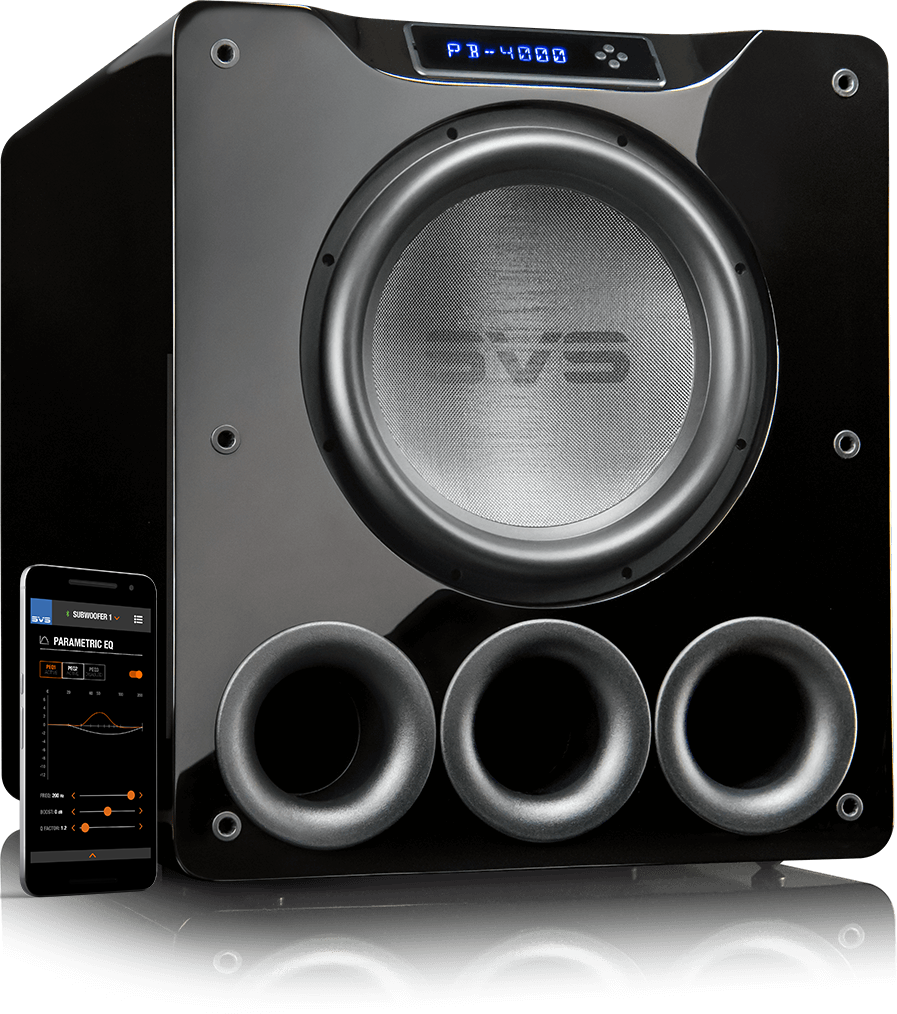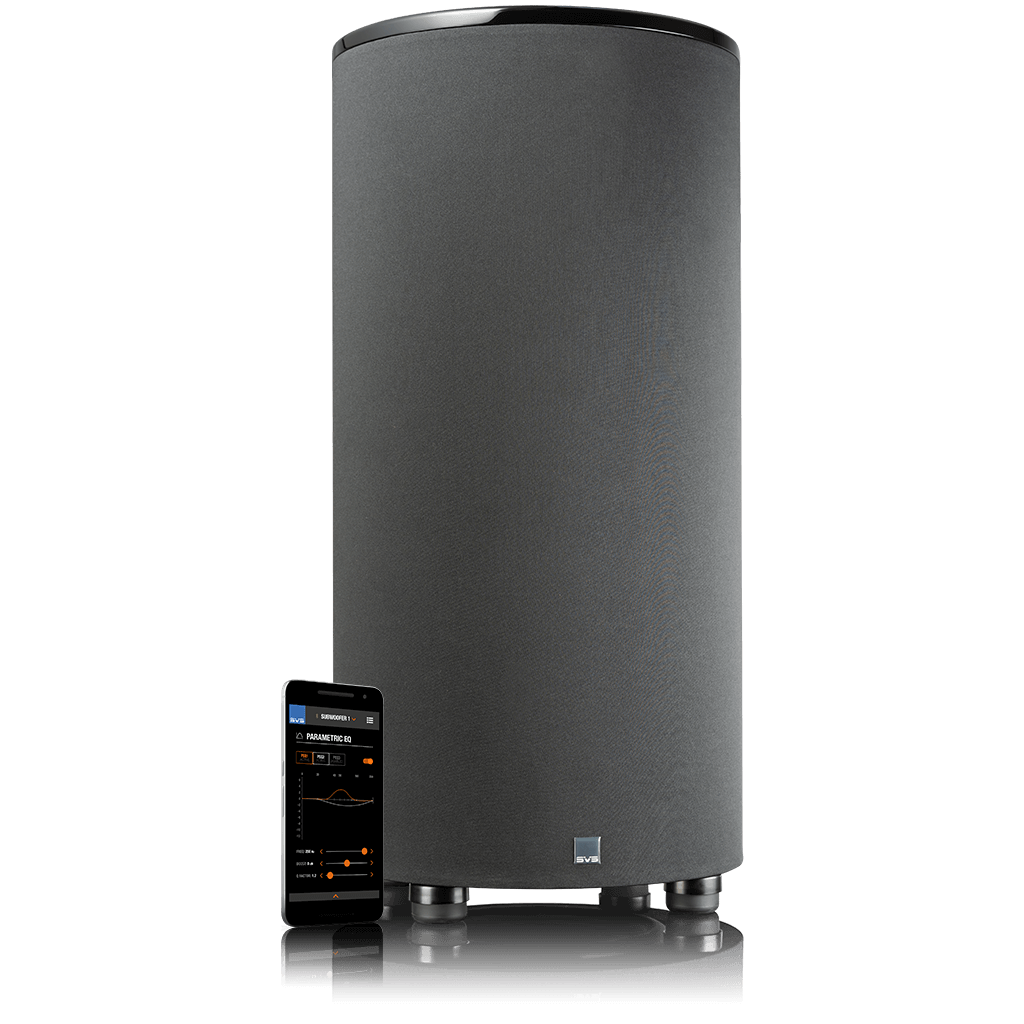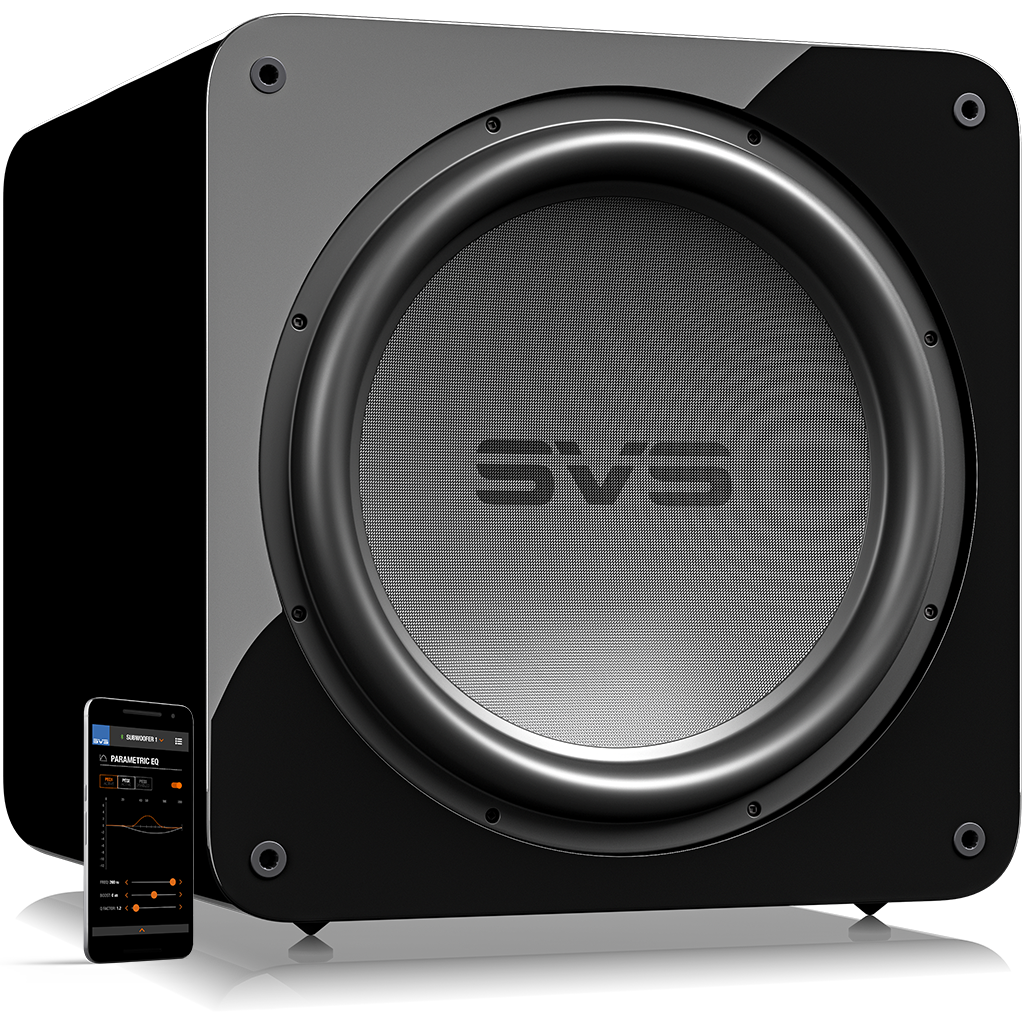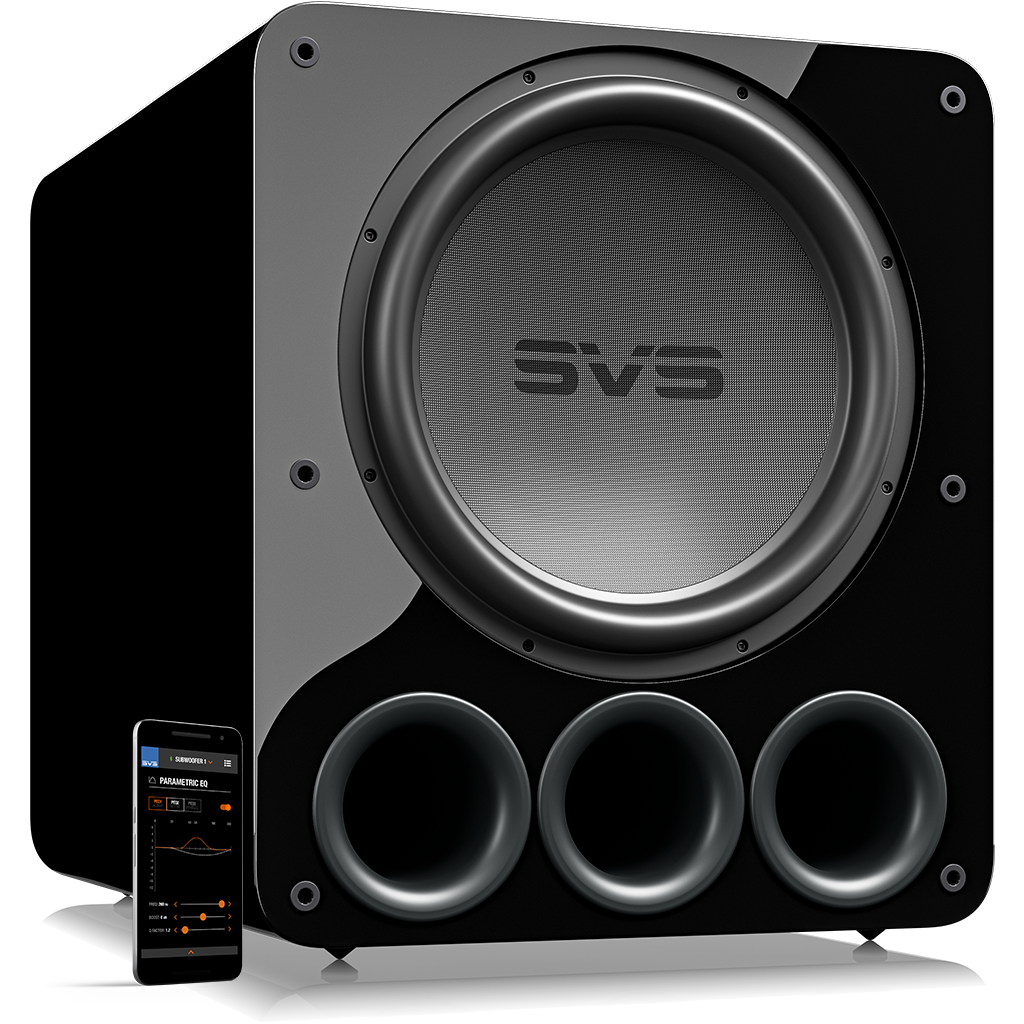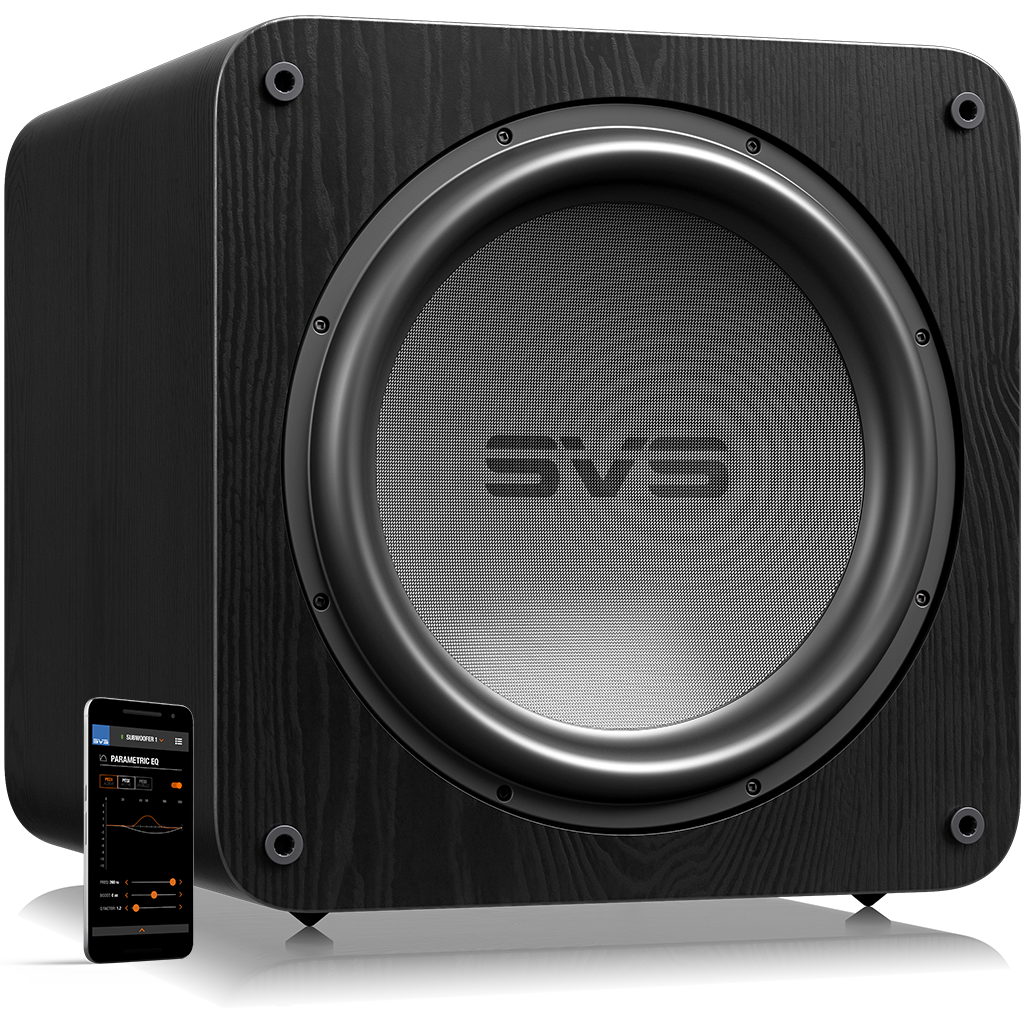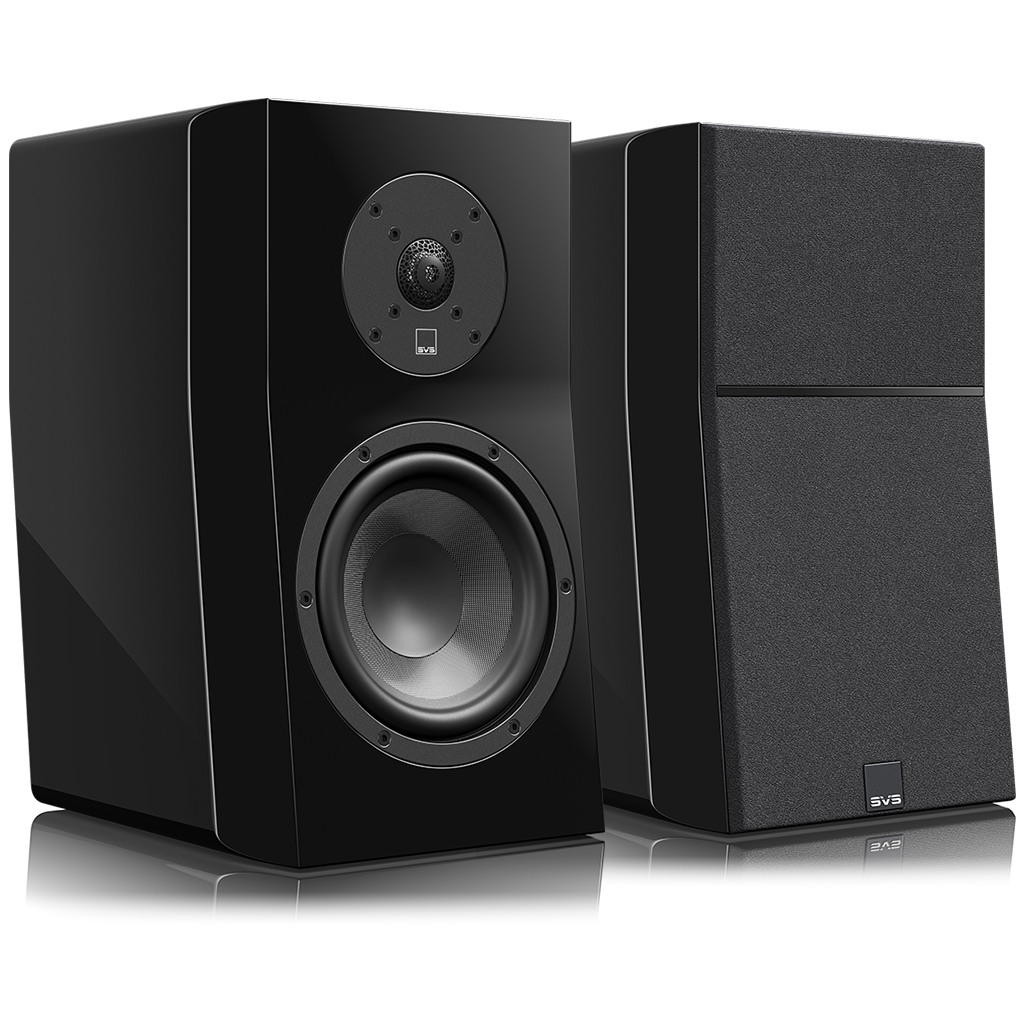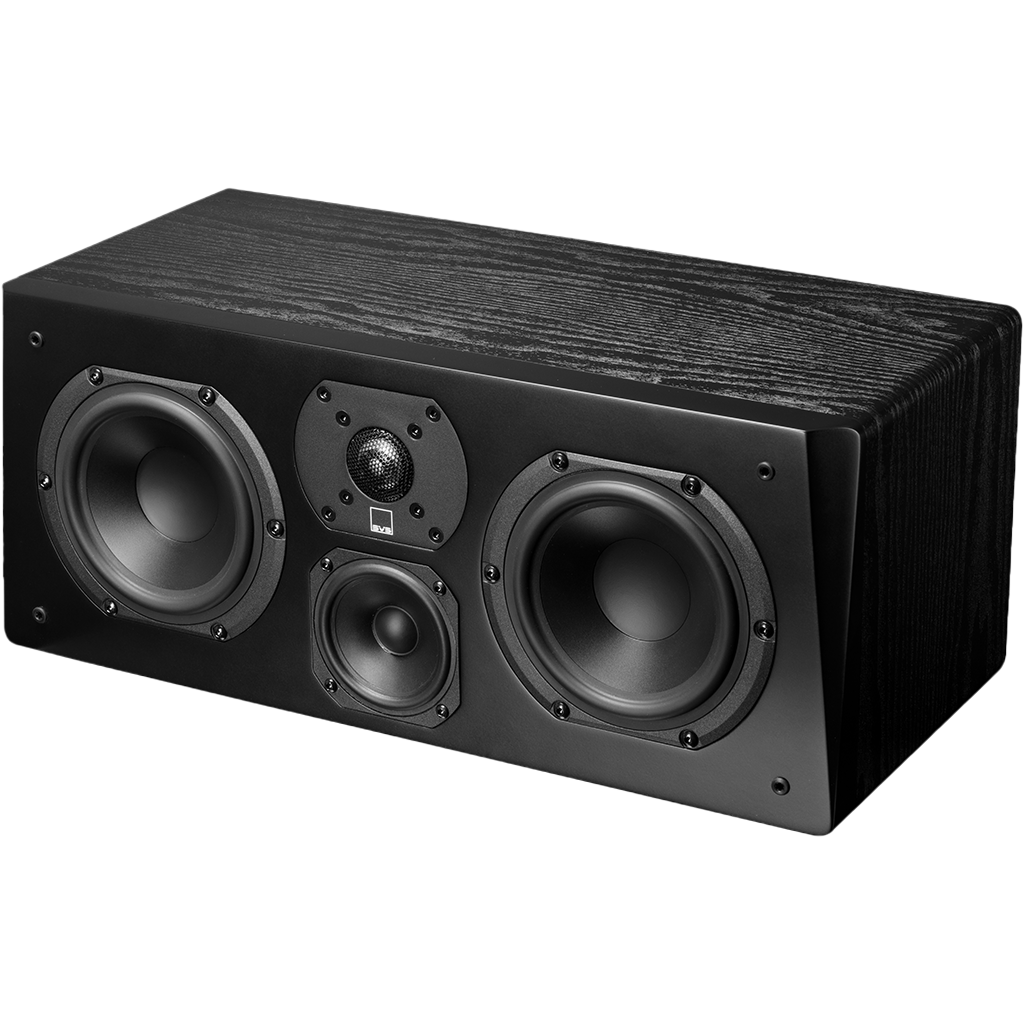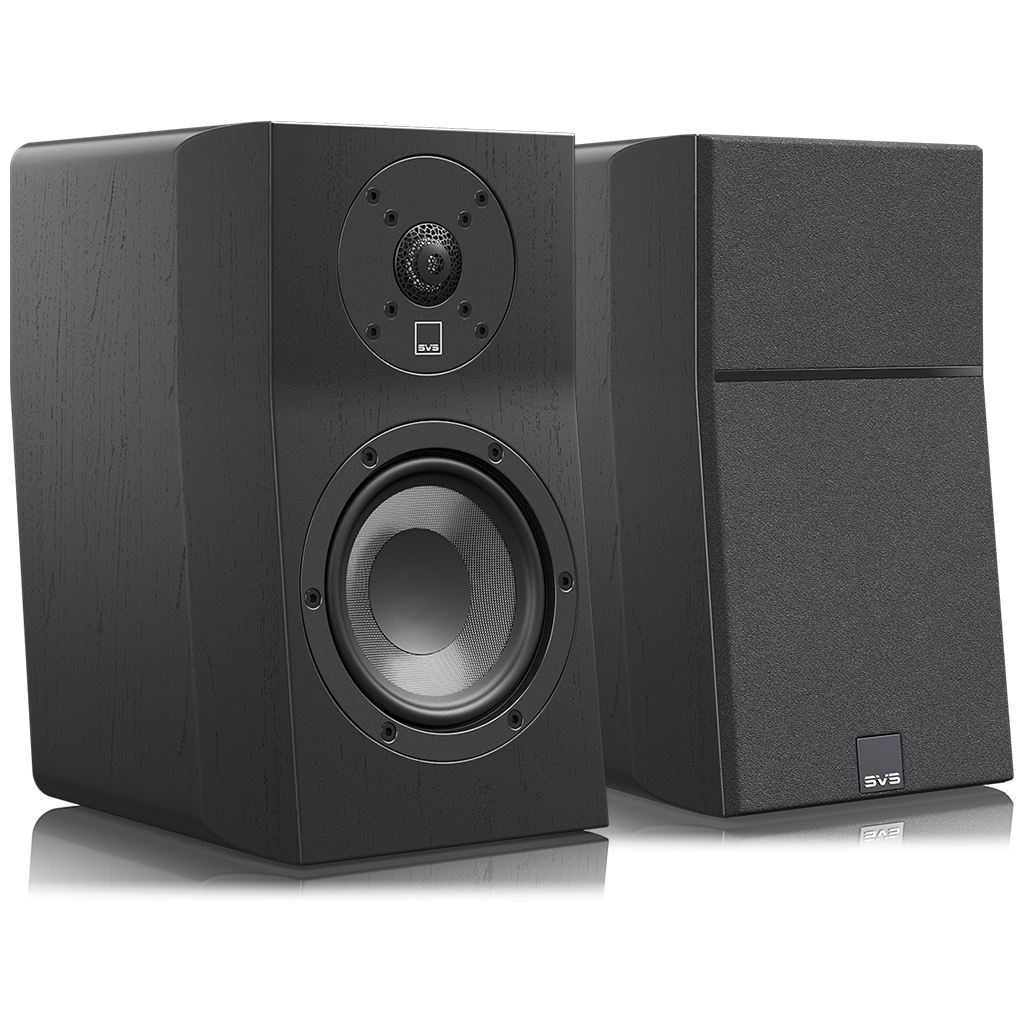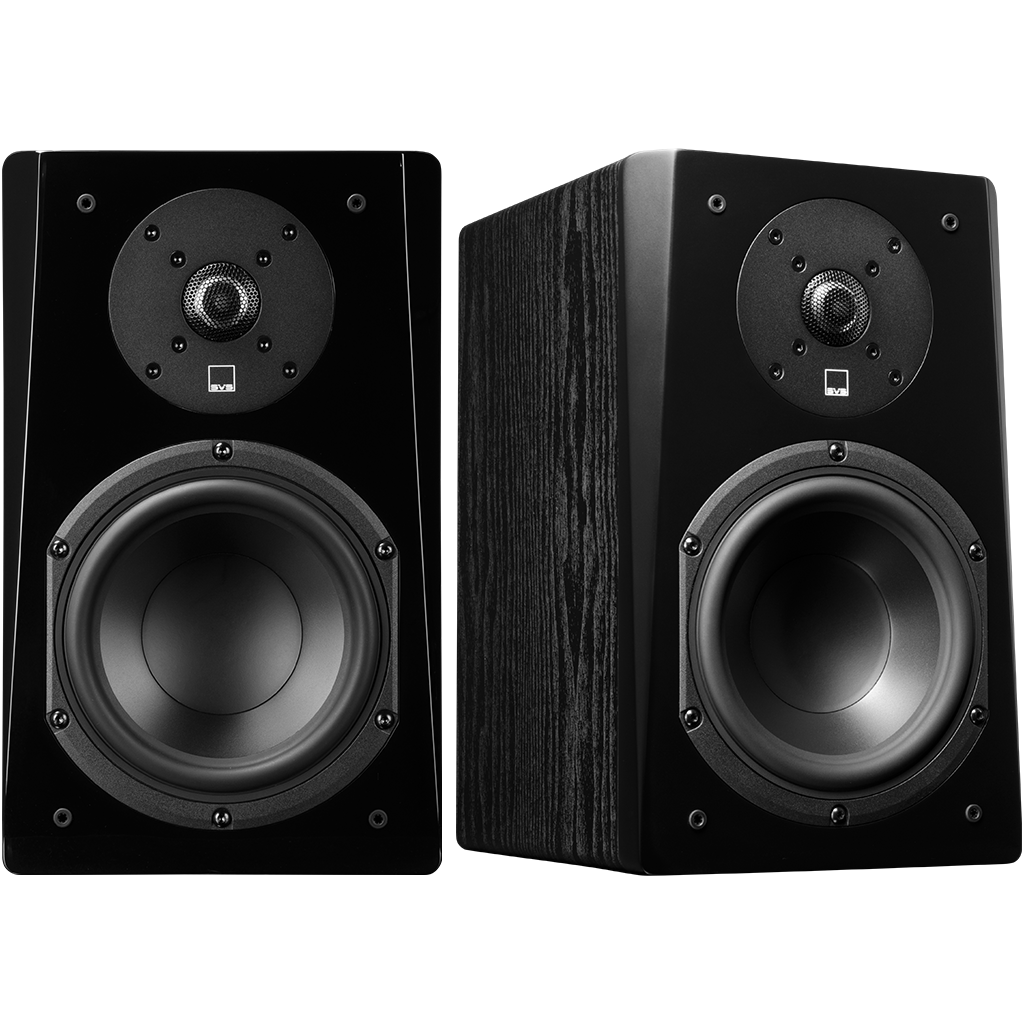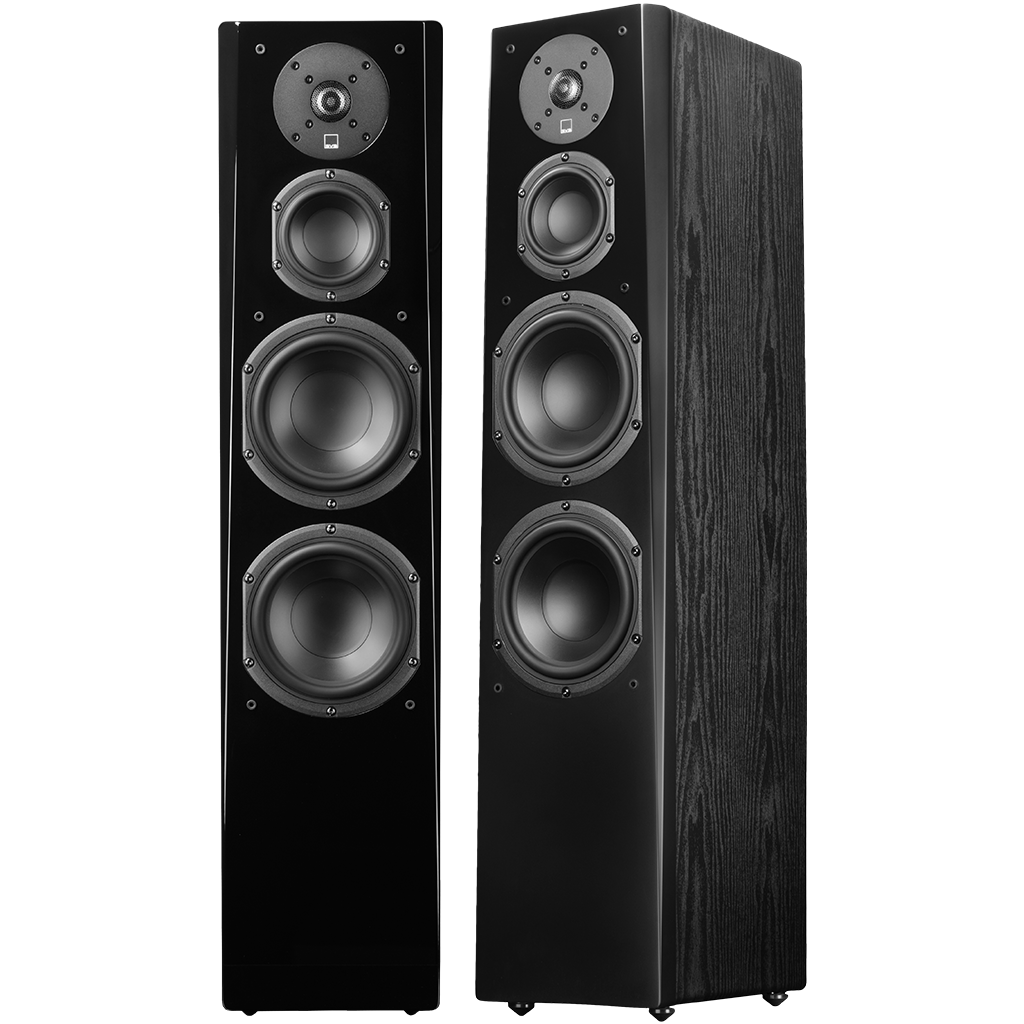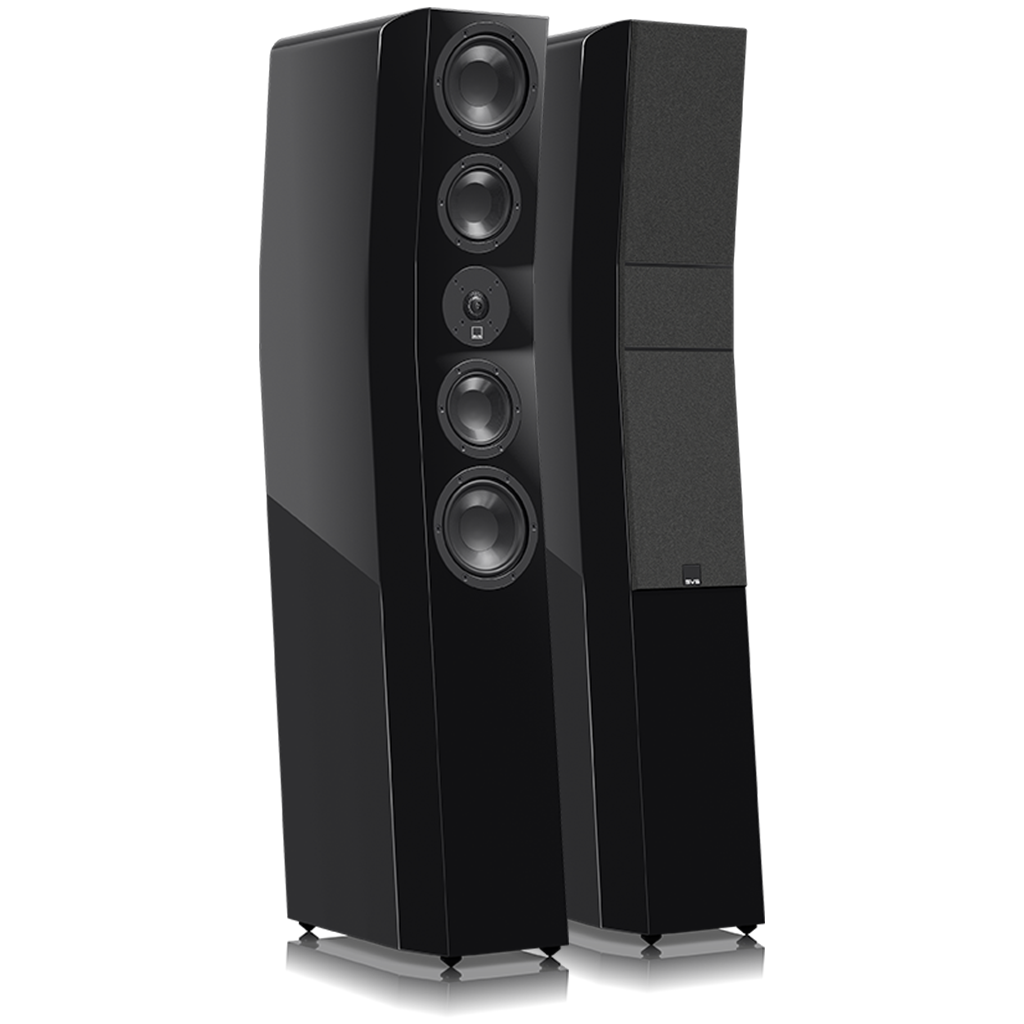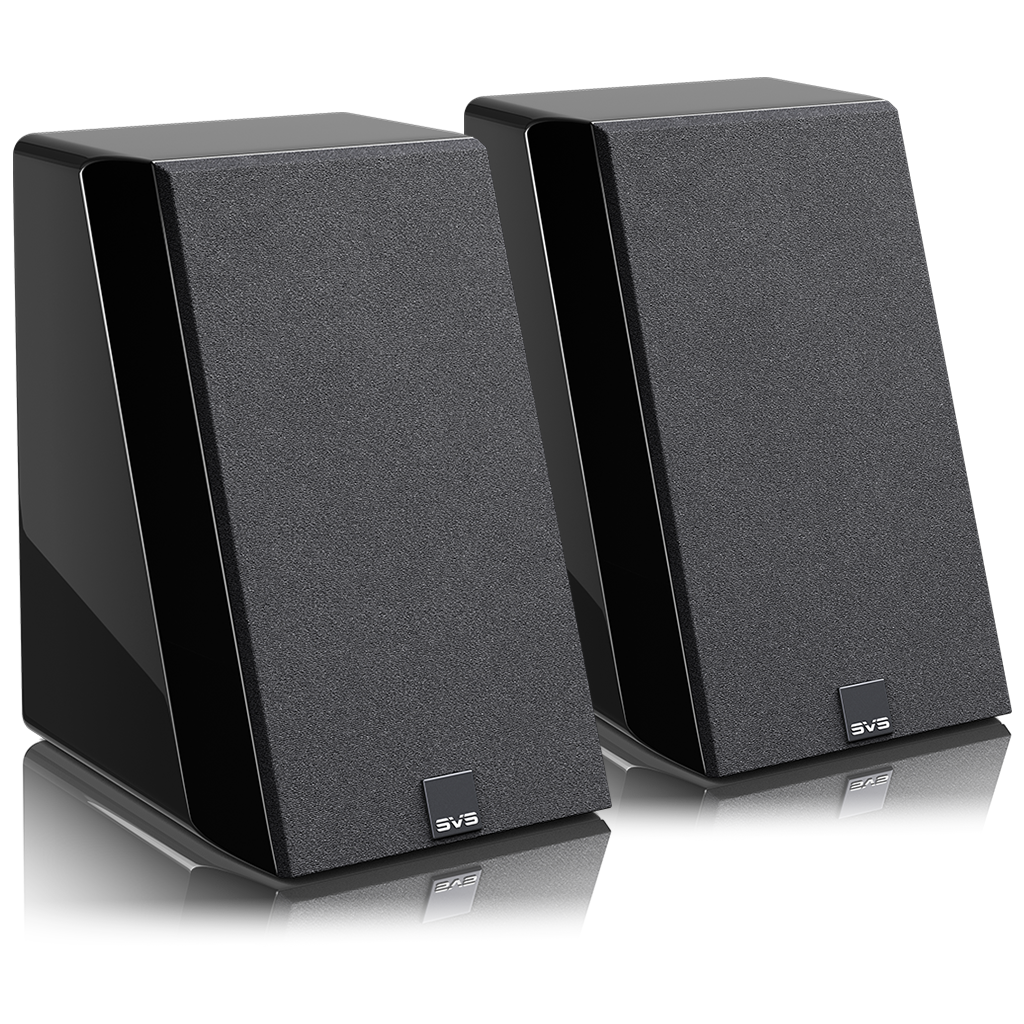What are Balanced XLR Audio Cables?
Balanced XLR Audio Cables: What You Need to Know
There’s a popular saying in the world of home theater and HiFi, your system is only as good as its weakest link. When it comes to sound quality, audio cables play an important role in ensuring an uncompromised signal, but they should never be the most expensive piece of equipment in your system.
High-end balanced XLR cables can run into the thousands of dollars so it’s good to know what’s important when choosing them for your amplifier, speakers, source components, microphones and other equipment.
What are Balanced XLR Cables?
XLR cables are by design a balanced audio cable. If you’ve heard people refer to “unbalanced” cables, what they really mean is a conventional RCA cable where the negative and the ground wire are wound together.
Balanced XLR cables feature male and female terminals where each of three pins connect to one of three dedicated wires in the cable. Two of the wires are for passing the signal, and one is a ground wire. The ground wire’s role is to surround the signal wires and protect against RF, EMI, and other interference, but what makes a balanced cable special is the way it uses the two dedicated signal wires.
The two signal wires are built with the same materials and have the same electrical impedance. When used to transmit a signal between balanced source/receiver connections, both signal wires in a balanced XLR cable carry the same signal, but with opposite polarity - one carries a positive signal, while the other carries the inverse, a negative signal. This forms a balanced (differential) connection and is generally how balanced XLR cables are used.
Why is reversed polarity important?

Here’s the simple answer followed by a more thorough technical explanation. By passing a positive signal alongside an inverted negative copy of itself, any noise artifacts can be identified by the receiving electronics and removed, resulting in a cleaner signal path.
Now, let’s explore how this happens. Along the length of a cable, electromagnetic interference in the surrounding environment has the potential to create noise or distortion. Any noise that makes it through the external cable shielding will be added equally to both the positive and negative signal wires but will not change the difference between the two opposite-polarity signals.
The receiving electronics (featuring a differential input) will accept only the difference between those two signals and reject input which is the same on both conductors – the noise. This is how balanced cables and electronics reject “common-mode” noise and produce a cleaner signal path and a lower noise floor.
Do balanced XLR cables sound better than RCA cables?

In most home theater and stereo systems with short cable length runs and little to no interference, conventional RCA cables (RCA/3.5mm) work perfectly to provide a low noise floor and pure audio fidelity.
However, in more challenging environments with low-level signals and long cable runs, the added noise-resistance of balanced connections provides a sonic benefit by lowering the noise floor and ensuring better signal purity.
If radio frequency (RF) or electromagnetic interference (EMI) are an issue in your system, balanced XLR cables can provide added protection to lower the noise floor. This can be an issue especially in stereo or home theater systems passing a large amount of electrical current since power cables are a common source of interference.
Distortion isn’t much of a problem in cable runs of less than 10 feet so conventional “unbalanced” RCA cables will work perfectly for most applications. Also, conventional RCA cables are often less expensive than XLR, and quality designs like the SVS SoundPath RCA Audio Interconnects feature their own protection against interference.
TIP: If you must use unbalanced RCA cables and are noticing interference, make sure the cables are not running parallel or too close to a power cord. Separating them can be a simple way to get rid of unwanted noise. Additionally, you can invest in higher quality RCA cables with better shielding.
What are common uses for balanced XLR cables?
One key advantage of noise-resistance is the ability to support much longer cable runs, or to transmit low-level signals such as those from a microphone. Typically, the longer a cable gets, the more likely it is to pick-up unwanted noise artifacts. Professional recording studios and other pro audio applications often have long cable runs or low-level signals from microphones and musical instruments and will usually default to balanced connections for their noise rejection benefits.
Likewise, balanced connections are often preferred for high-performance consumer electronics. Inclusion of balanced audio connections in components like DACs, CD players, subwoofers, and power amplifiers is more expensive because additional electronics and circuitry are required to derive the benefits of a balanced signal. In cases where balanced connections are available, they will yield better noise rejection, a lower noise floor, and ultimately a cleaner signal path.
What do the best balanced XLR cables have in common?
When choosing the best balanced XLR cables, below are features to look for. SVS SoundPath Balanced XLR Audio cables are engineered to ensure absolute signal purity with premium materials and the same design features as cables costing three times the price or more.
- Highly conductive 24K gold-plating on the connector pins
- Independently insulated conductors
- Dedicated ground conductor for best ground and noise rejection
- Multi-layer shielding for each conductor, as well as outer shielding for protection against RF and EMI interference
- Premium, high-purity copper wire
- Secure and durable connectors
- Protective outer layer for easy gripping and durability

Cables should never be the weakest link in your system, nor should they cost more than your speakers and components. SVS SoundPath Balanced XLR cables offer all the sonic benefits and premium build quality of high-end balanced cables without the massive price tag. They are a great choice for recording studios, HiFi systems, home theaters, and other applications where interference is an issue or balanced XLR cables are required.





